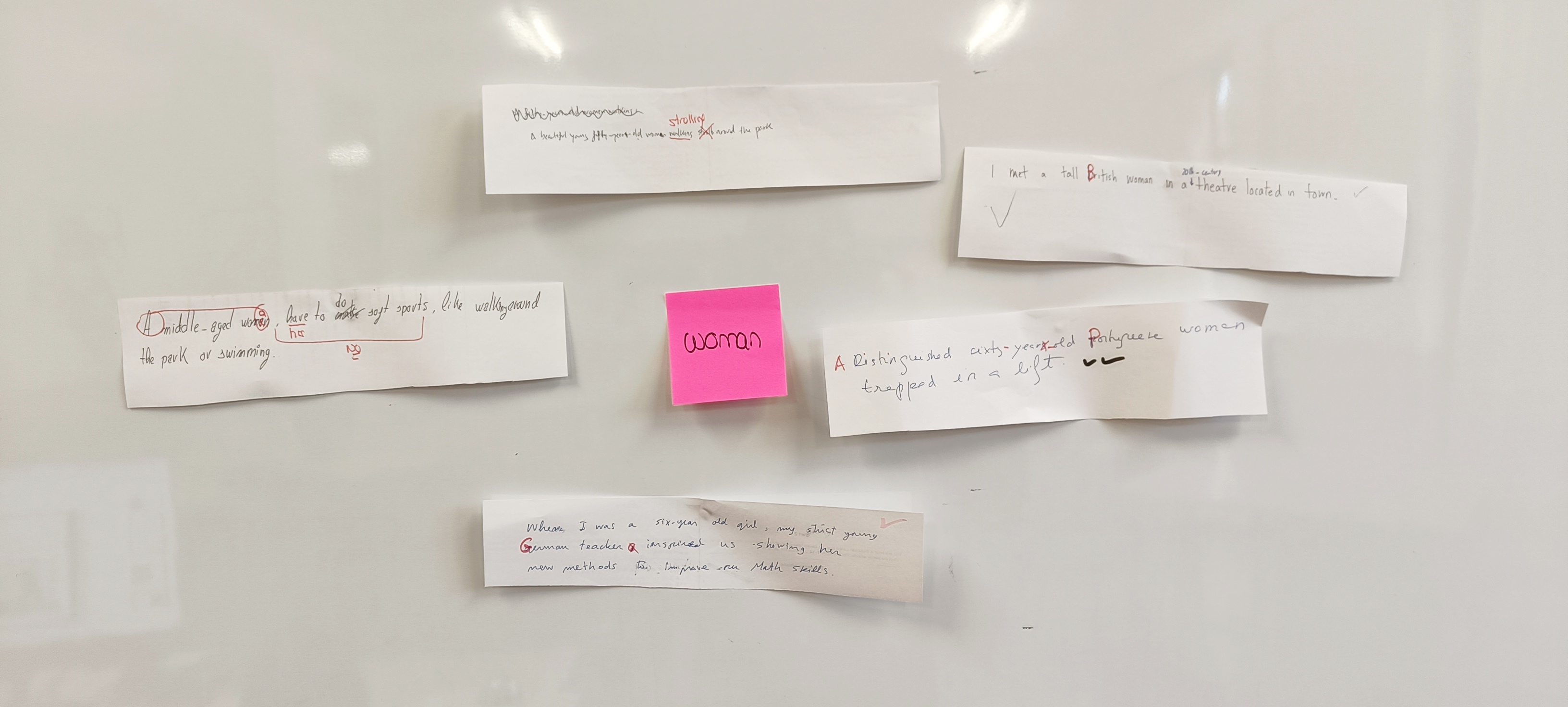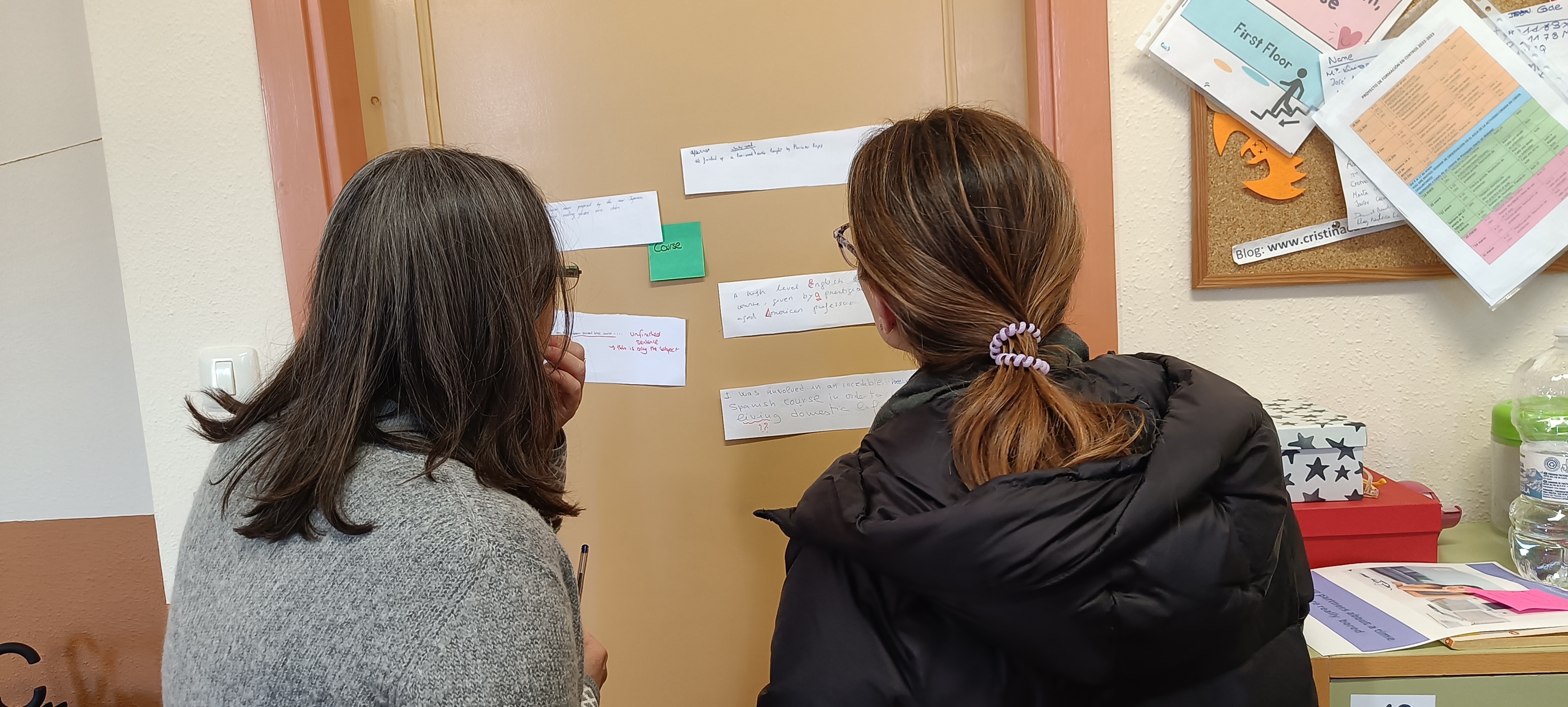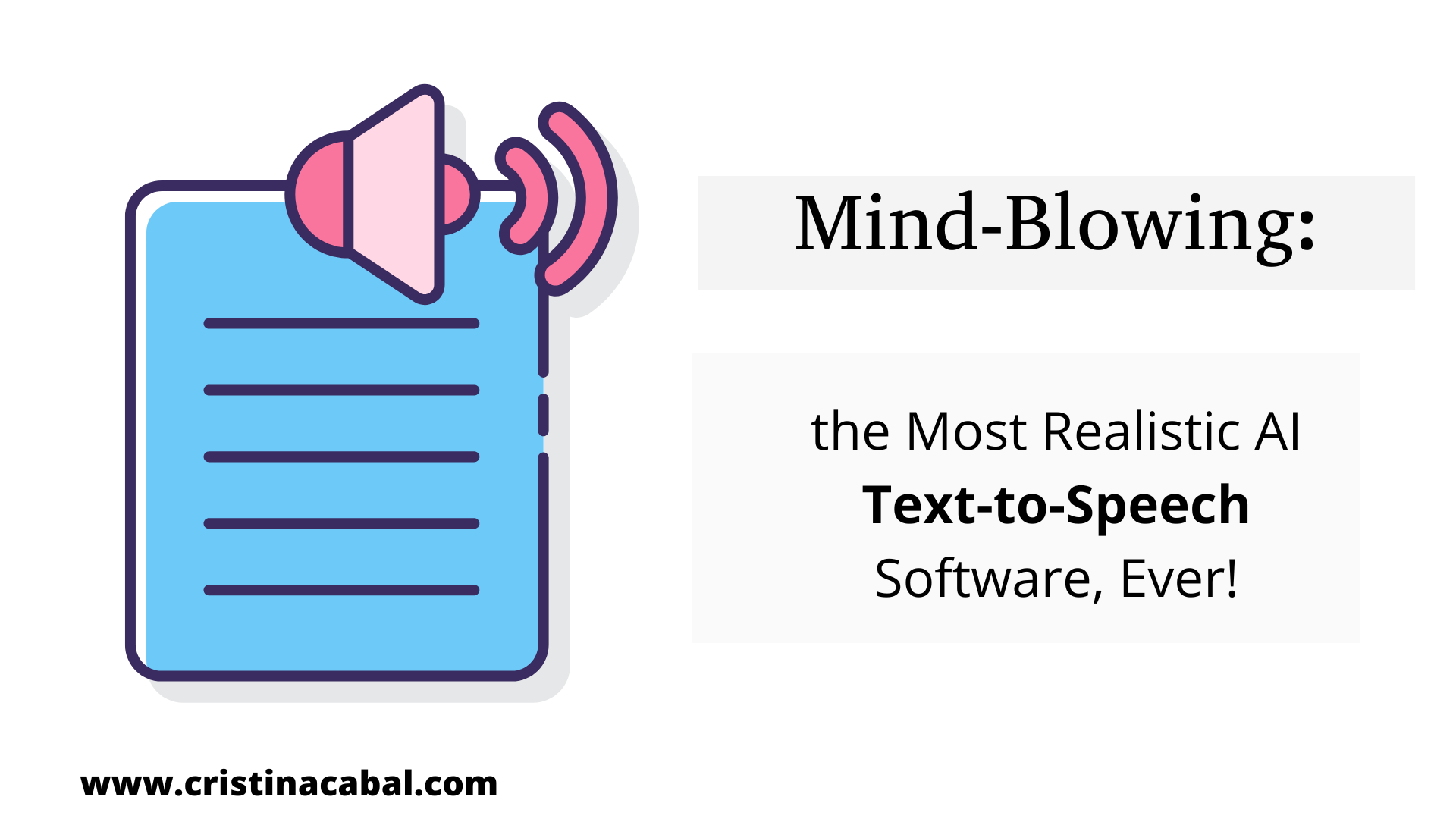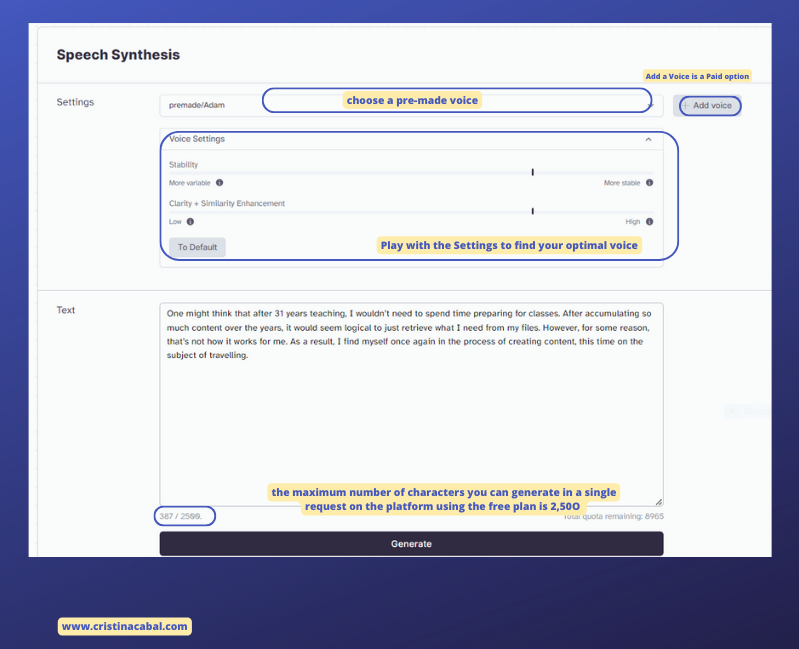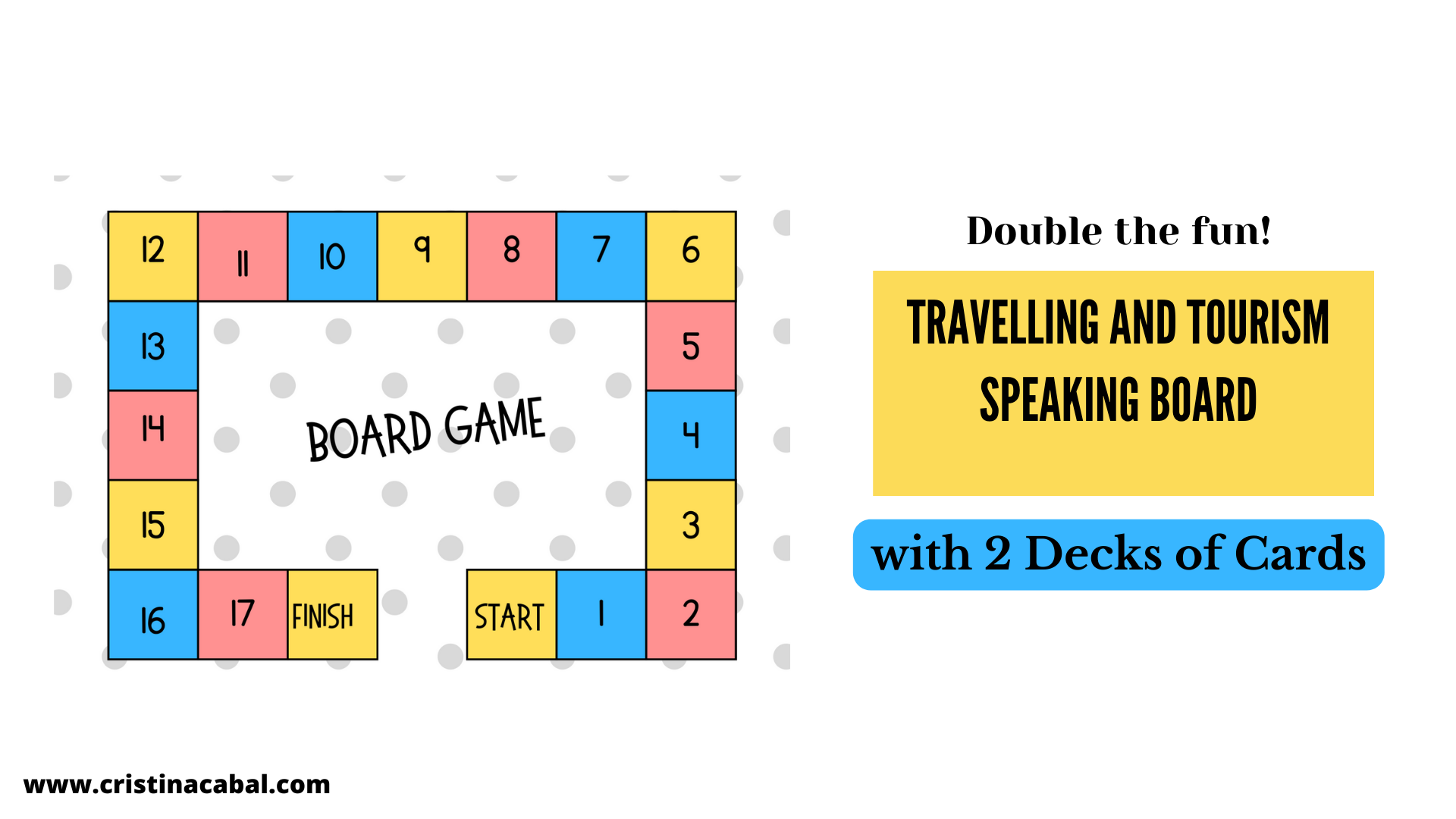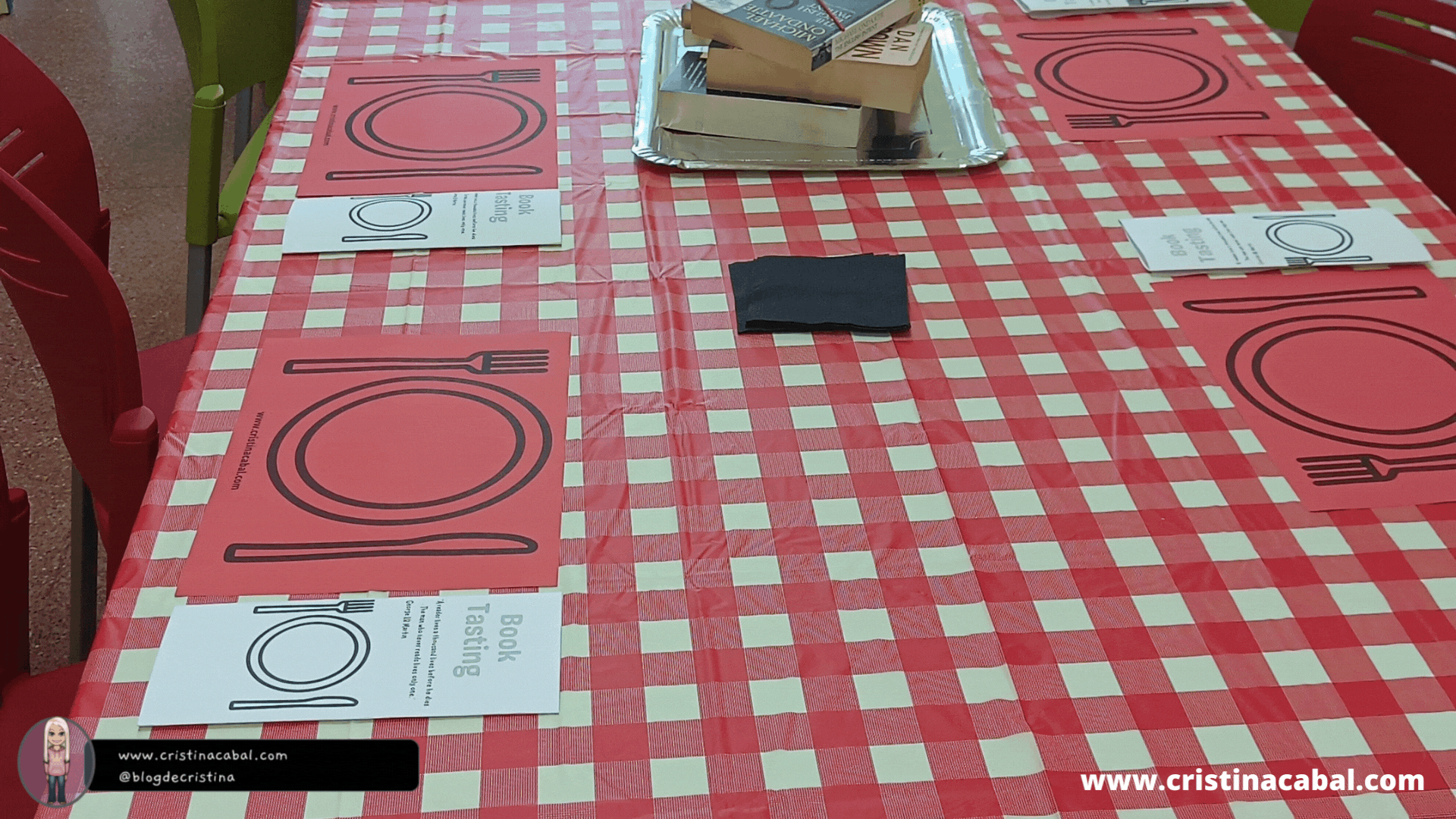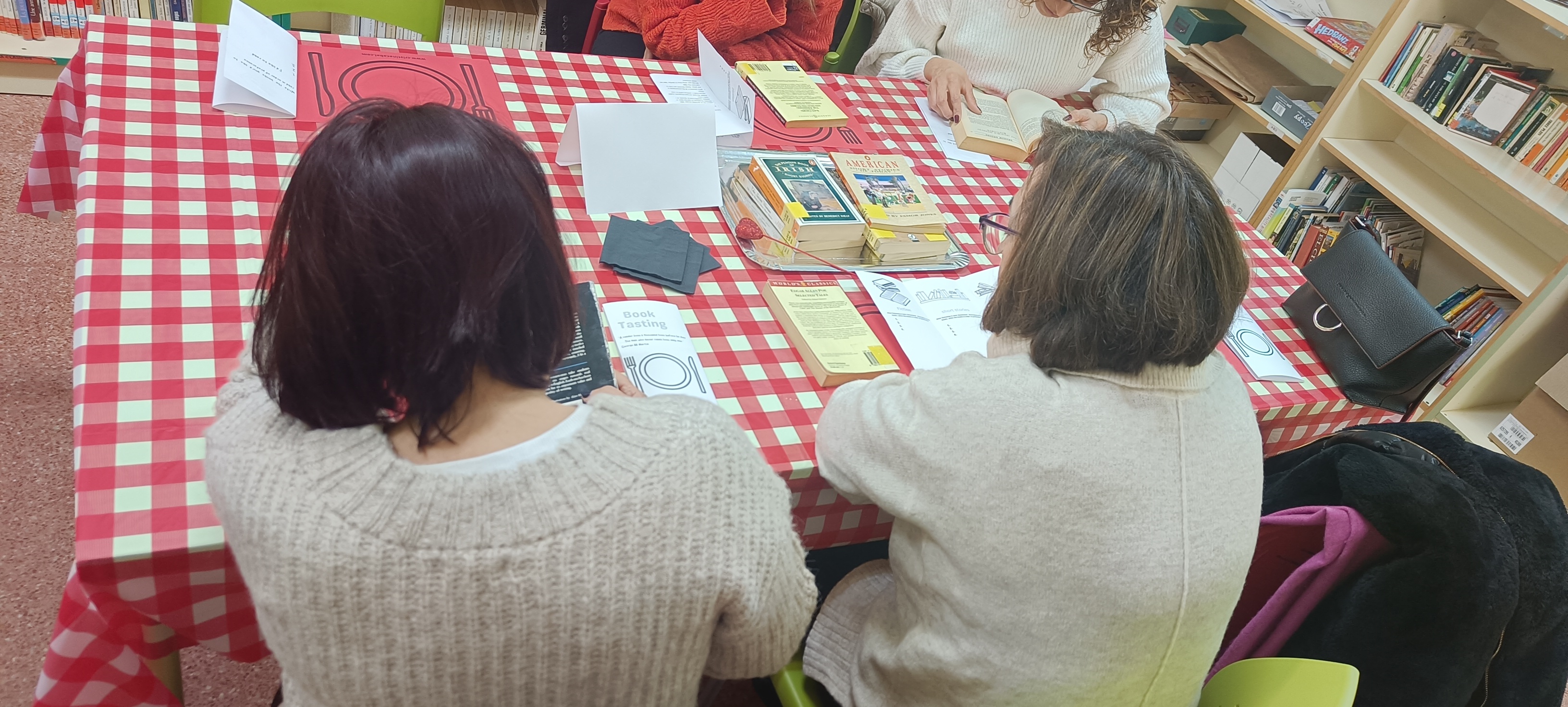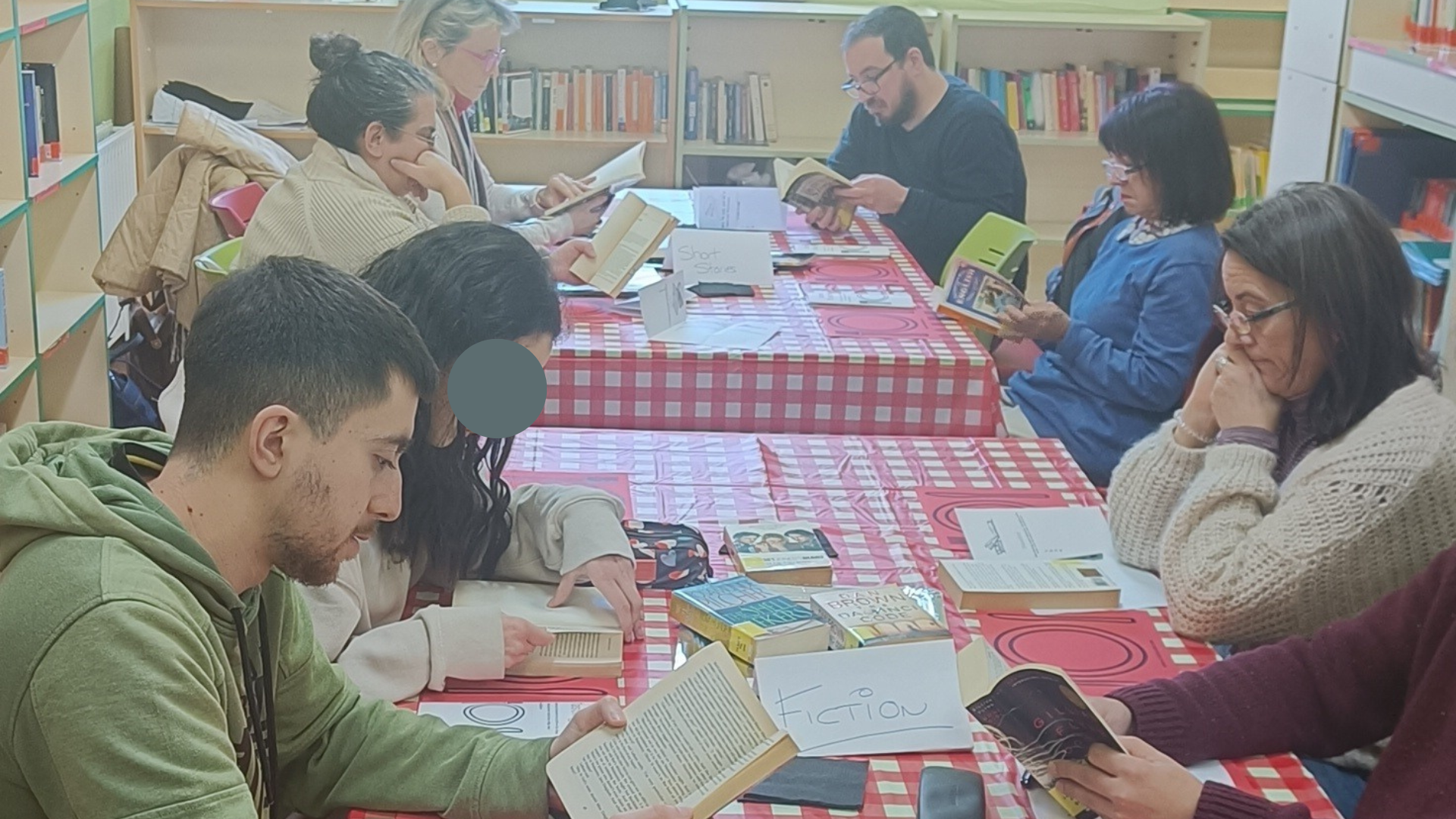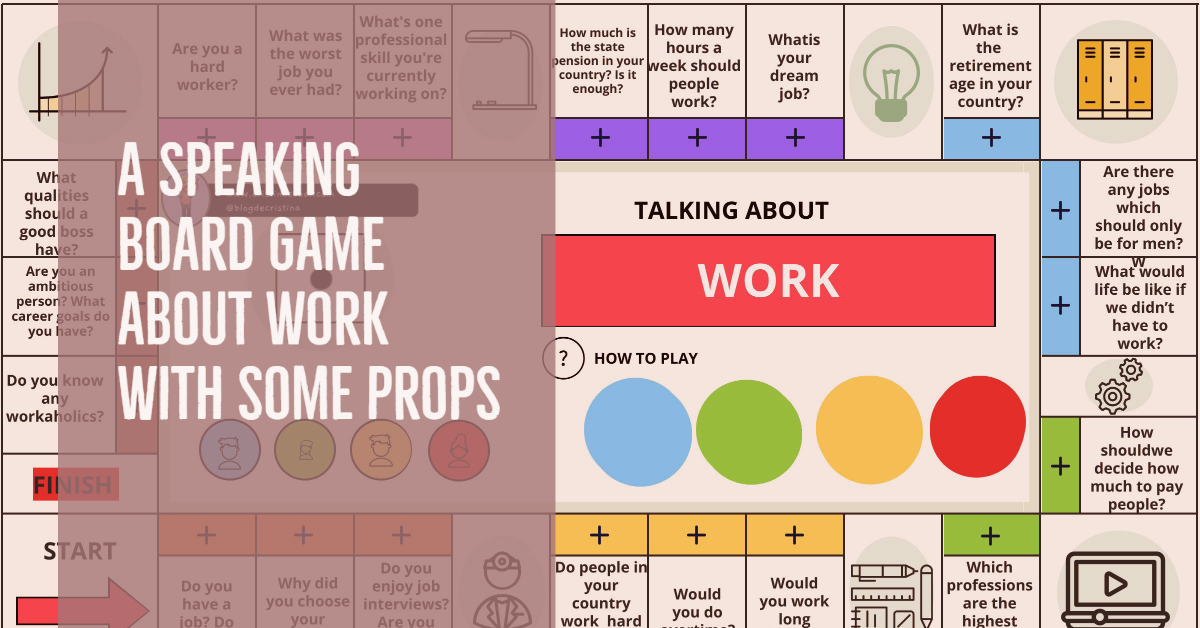Let’s talk about writing today! If you’re searching for a writing activity that is engaging, effective, promotes collaborative work, and takes only about 20 minutes to complete, then look no further! I have a simple yet effective activity that can help you achieve all these goals.
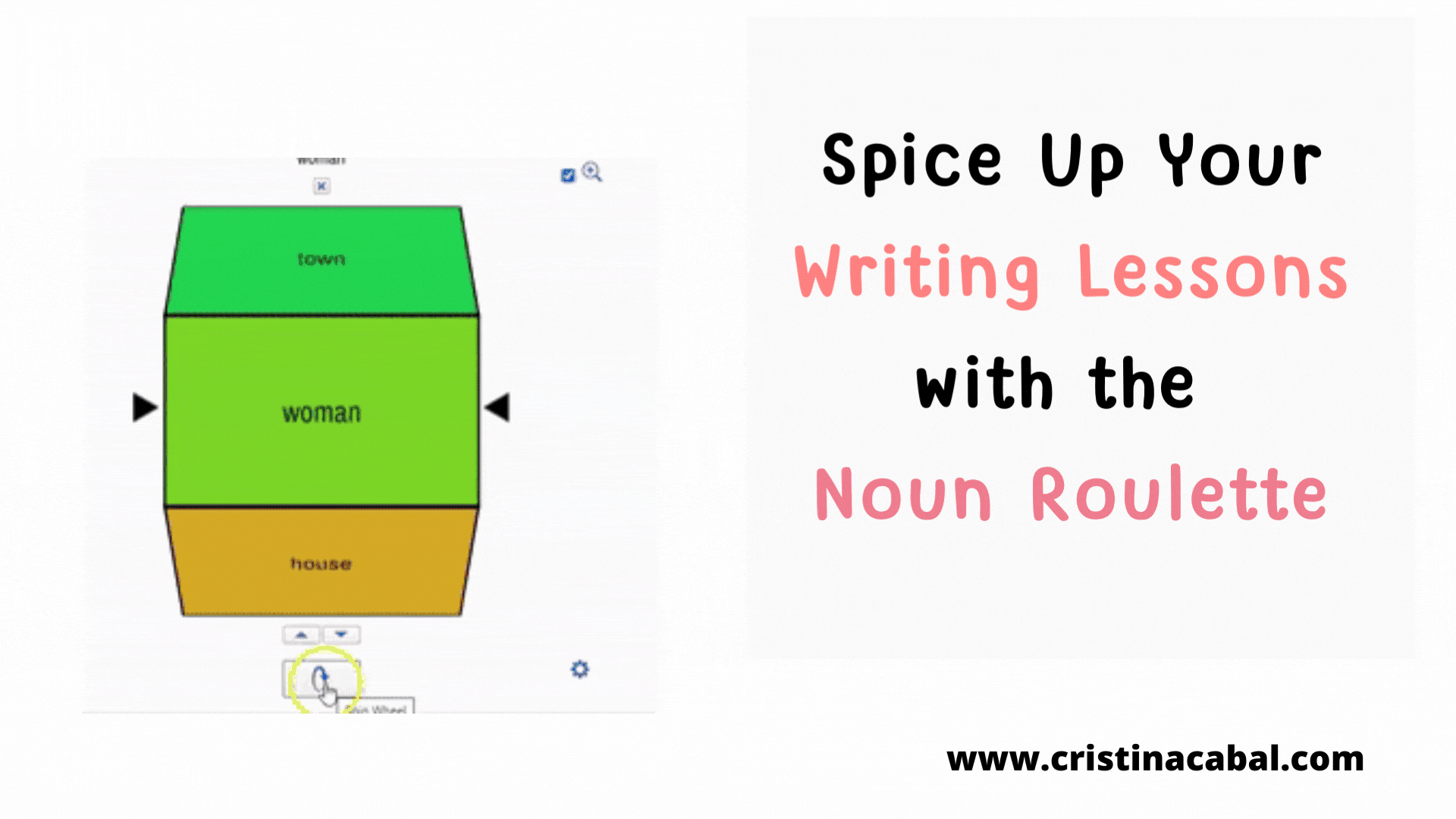
As an educator, I am always looking for new ways to help my students improve their writing skills. That’s why I’m excited to share an activity that I’ve created which has proven to be both effective and engaging for students. In this case, it’s been used in a C1 level class, but it can easily be used with any level. In this blog post, I’ll be explaining the details of this activity and providing examples of how it has helped my students write more advanced texts. If you’re looking for a fun and creative way to help your students improve their writing, then keep reading!
This activity consists of two parts, with the first part being designed specifically for C1 students, or possibly strong B2 students. If you teach lower levels, you’ll need to create your own slides for Part 1 of the activity, but you can still use Part 2 and 3 in this post.
Part 1: The theory
I have created this brief presentation to target some specific points to help them write more advanced sentences. We have focused on 5 key points, including reduced relative sentences, order of the adjectives and using a noun as a compound adjective.
In the last slide, you will find the Noun Roulette Randomizer. Yay!
Improving writing de cristina.cabal
Part 2: The Noun Roulette Randomizer
Time to recycle spare photocopies! Cut them into strips of paper large enough to write a long sentence on.
- Ask students to pair up and give each pair 3 or 4 strips of paper.
- Display the noun roulette and explain that it will randomly select a noun. For example: collection.
- Click here to see the roulette in action. To create your own, click here and type your own words. Easy-peasy!!
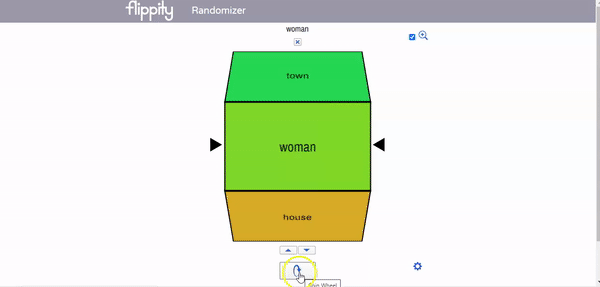
- In their pairs, they will have about 2 minutes to come up with their best sentence by incorporating some of the points worked with in the first part of this activity. They must include the noun “collection”.
- In the meantime, I’ve written the word ‘collection’ on a post-it note and posted it on a visible part of our classroom wall.
- Once they have finished writing their “advanced” sentence, we will put them up on the wall, surrounding the noun. You can use Sellotape or Blue-tack for this.
- Select a new noun with the roulette and do it all over again. I have done this 3 or 4 times.
Part 3: Voting
